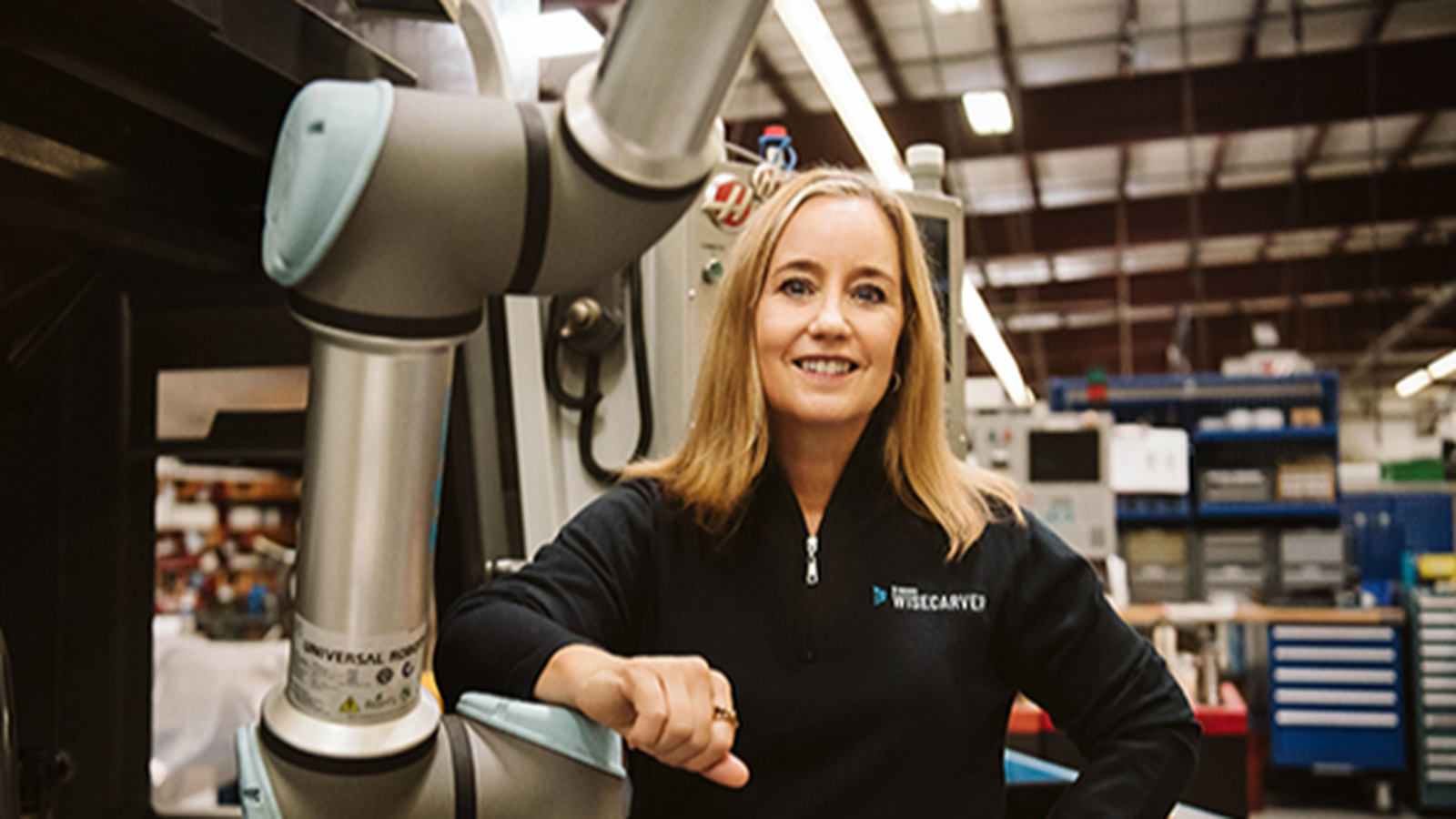“Listen and Act”: Bishop-Wisecarver Shares Retention Secrets

Keeping her employees happy and engaged is something Pamela Kan, president and owner of Bishop-Wisecarver, takes seriously.
And for good reason. Workforce retention is a pain point for many manufacturers and consistently cited, along with recruitment, as a top business challenge in the NAM’s Manufacturers’ Outlook Survey.
For Kan, meeting this challenge starts with getting her employees’ input—what’s on their minds, their career aspirations and the ways they think the company can improve. Then she acts on it.
Garnering feedback: To assess engagement, Bishop-Wisecarver surveys its employees and calculates an employee net promotor score, which is an internal measurement of employee satisfaction. Kan, the executive director of culture and people and department heads then discuss the areas that need improvement.
- “We share with employees where we have friction points or where things need to change,” Kan said. “We make that very visible. We then start checking these things off the list.”
The company also offers employees many different opportunities to share what’s on their minds, through informal check-ins, team huddles, employee lunches and skip-level meetings.
- “Every single one of these times we are asking for feedback,” Kan emphasized. “We document it and follow up on it, because whenever you ask for feedback and you don’t then respond with changes or next-level discussions, you break the trust with your employees that you care about them.”
- “I reach out to new employees at the 60-day mark to see how it’s going,” she continued. “One actually reached out and said, ‘yeah, we need to talk.’ It was all positive. Some things he didn’t quite understand, being new [to the company], and it showed me some gaps in our onboarding process.”
Conducting reviews: Instead of formal reviews, Kan says Bishop-Wisecarver has instituted quarterly check-ins, with the conversations often centering around career advancement.
- “We’ve tried to create a career ladder that’s not just vertical, but allows for offramps where employees can explore different channels of the company,” said Kan.
- “If somebody starts as an application engineer, that doesn’t mean they have to stay in engineering. They might want to go and try a position in sales, project management or marketing. We leave the door open.”
Other strategies: Kan has also implemented several other workplace practices to keep employees engaged.
- Recognizing employees: Through a program called “Bishop-Wisecarver Bucks,” employees receive a bank of bucks once a month that they can use to recognize others who have lived up to one of the company’s core values: preserve the family culture, deliver a signature experience, embrace a pioneering spirit and the need for speed. The company has an online portal where those receiving the bucks can purchase company merchandise, gift cards or tickets to events.
- Inspiring the next generation: Based on feedback from her employees, Bishop-Wisecarver partners with multiple nonprofits that support students in their local community. One of these is FIRST Robotics, which inspires young people to be science and technology leaders and innovators, as well as well-rounded contributors to society, by engaging them in mentor-based research and robotics programs.
- Reimagining the workspace: After polling her employees, Kan redesigned an entire building to reflect the workstyles and needs of her team. For example, the second floor of the building is now a large training space, where tables, chairs and white boards have wheels for easy configuration for company-wide meetings to multiple small groups. To break down the silos of separate lunchrooms, she created Wisecarver Way Café, complete with a pool table and ping-pong table. The company also has a space for employees to do yoga, allows them to bring their dogs to work and offers gym memberships.
- Offering support: Bishop-Wisecarver also has a program called Life Guides, which connects employees undergoing hardships with peer mentors who have been through similar difficulties, such as caring for an elderly parent or coping with a death in the family.
The last word: “Don’t ask your team for feedback and then do nothing with it,” Kan reinforced. “That’s what creates disengaged team members. Sometimes we don’t get it right, but at least we’ve tried.”
The Manufacturing Institute has many initiatives to help employers retain and develop their teams. For a deeper dive, check out this study by the MI on improving retention and employee engagement. The MI will also explore retention challenges and solutions at its Workforce Summit in Atlanta on Oct. 16–18. Click here for more information.
